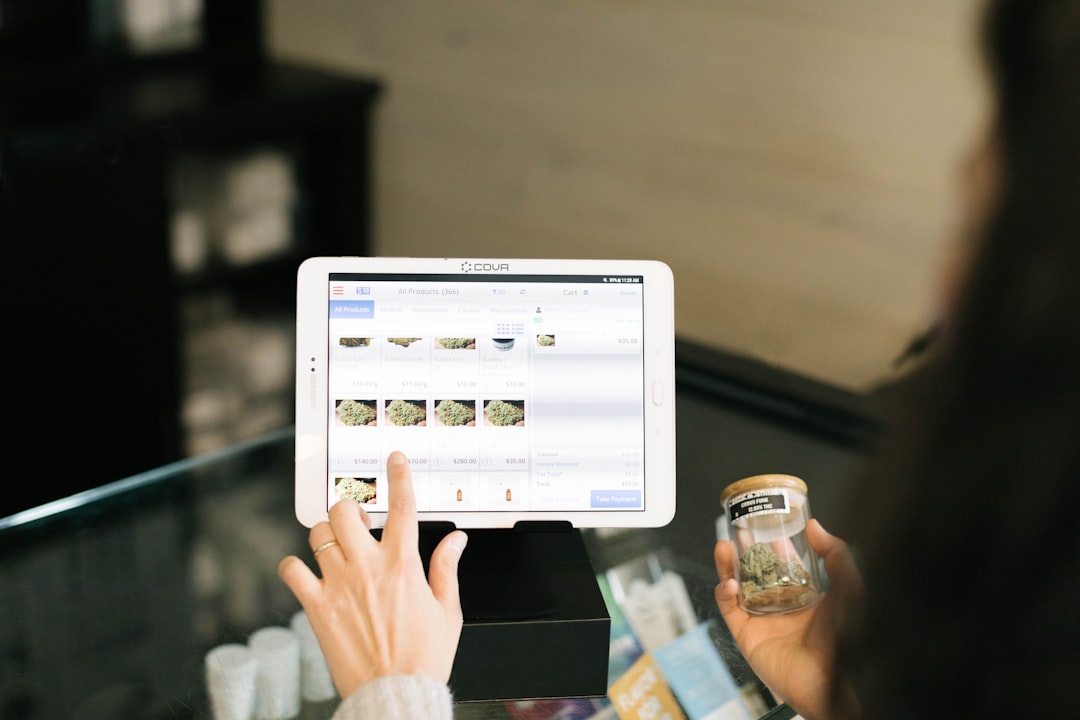You might’ve noticed something new popping up next to your favorite big-box stores in 2025 — gas pumps. That’s right! Retail giants like Walmart, Target, and Costco are fueling up more than shopping carts. They’re entering the fuel business, and it’s creating some serious buzz.
But why are they doing this? Don’t they already sell everything from TVs to tacos?
Let’s dive in and keep things simple (and fun).
1. They Want to Keep You Coming Back
Retailers don’t just want you to shop — they want you loyal. When a store adds a fuel station, it becomes a one-stop-shop for everything. Groceries? Check. Diapers? Check. Gas for your minivan? Also check.
It saves customers time, which is a big win. Big-box stores are playing the long game — helping people simplify their errands.
Smart move, right?
2. Loyalty Programs Are Getting a Boost
Many of these stores already have reward programs. Think of Walmart+ or Target Circle. Now, they’re tying those rewards to fuel.
Here’s how it works:
- Buy your groceries → earn gas points.
- Buy bulk toilet paper → save at the pump.
- Use their app → unlock fuel discounts.
People love saving money. Gas is pricey, after all!
3. It’s a Competitive Move
Let’s face it — competition is fierce. Amazon keeps gobbling market share. How do you fight back?
By offering something your online rival can’t — fuel.
People still drive to stores, so why not give them an extra reason? Fuel sales bring foot traffic. Foot traffic leads to shopping. It’s a chain reaction — and big-box CEOs are loving it.

4. They Already Have the Real Estate
Think about how huge Walmart parking lots are. Seriously, you could land a small plane there (don’t try it though!).
Big-box retailers already own tons of land. So adding a fuel station isn’t too hard. In fact, it’s kind of a no-brainer.
They don’t need to buy a new spot. Just carve out a corner of the lot, pour some concrete, and boom — gas station ready to go.
5. Fuel Profits Are Still Very Real
You might think selling gas isn’t that profitable. And in a way, it’s true — margins are thin.
But here’s the secret: fuel customers often buy other stuff.
So while gas might give small profits, it’s what happens afterward that counts. You came for gas. You leave with snacks, soda, and a Bluetooth speaker you didn’t know you needed.
Impulse buys keep the profits flowing.
6. Bundling Makes Everything Better
Big-box retailers love selling memberships. Think of Costco. Now imagine:
- Costco gas at a lower rate — if you’re a member.
- Walmart+ offering free delivery AND fuel discounts.
- Fuel + groceries + pharmacy all bundled in one subscription.
Bundling is like the ice cream sundae of business. Every scoop adds value. And customers feel like they’re getting a deal.
7. They’re Preparing for an EV Future Too
That’s right, they’re not just thinking about today’s cars. Electric vehicles (EVs) are coming fast. So why bother with gas?
Because it’s about options. Many big-box retailers are building gas stations that also include EV charging.
This way, they’re ready for:
- Gas cars today
- Hybrid cars tomorrow
- EVs in the next decade

Future-proofing is part of the plan. These companies aren’t just reacting. They’re planning way ahead.
8. It Helps With Data Collection
This part is a little nerdy, but super smart.
Every time you use a loyalty card at the pump, stores learn what you buy, when you buy it, and how often you visit.
This data helps them:
- Send better deals your way
- Stock shelves more efficiently
- Create targeted ads that actually make sense
Yes, more gas = more data.
9. Changing Consumer Habits
After the pandemic, people shifted how they shop. They value efficiency and safety more than ever. They want fewer stops and faster service.
A place where you can shop, pump gas, grab a coffee, and pick up medications?
That’s gold.
Big-box stores saw the trend and decided to go full throttle.
10. Fuel as a Weapon in Price Wars
Retailers compete hard on prices. Slashing gas prices is one more way to draw in budget-conscious shoppers. Especially during inflation-heavy times.
Imagine choosing between two stores – one with cheap gas and one without.
Which would you choose?
Exactly.
Some Real-Life Examples
Here’s what’s happening already in 2025:
- Walmart has begun opening fuel stations in 250+ locations across the U.S.
- Target partnered with a fuel company to launch a test market in Texas.
- Costco is expanding their fuel and EV station network near major cities.
- Sam’s Club is rolling out new membership fuel benefits in 15 new states.
They’re not dipping their toes in — they’re diving into the fuel pool.
Will It Work Long-Term?
It’s looking good so far. Customers enjoy the convenience. Membership renewals are going up. And these stores are turning gas sales into repeat business.
In a world where every trip matters, big-box retailers are making that trip count more.
The Bottom Line
Big-box retailers are not just shops anymore. They’re evolving into lifestyle hubs. There’s strategy behind the pumps. It’s not just fuel — it’s frictionless shopping, rewards, and future-thinking.
So next time you fill up outside a mega store, just remember — there’s a lot more happening than it seems.
One tank at a time, big-box stores are shaping the future of retail.

